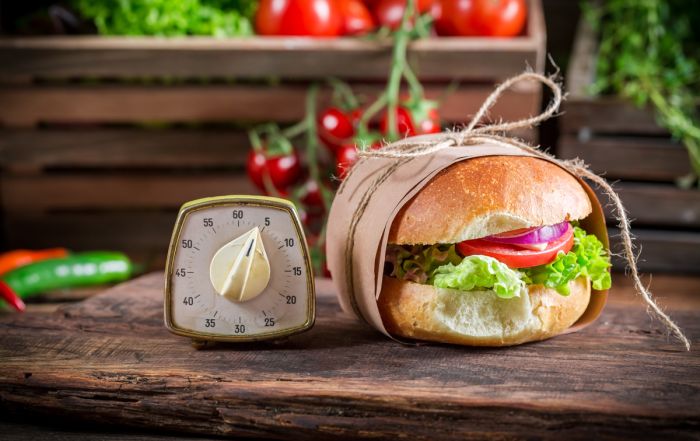Recipe for a Positive Food Safety Culture
For the past few years, we have referred to the importance of developing a positive food safety culture within foodservice operations. The workplace culture is basically a reflection of “this is what and how we do things here”. Manufacturing and construction companies often proudly post the number of days “accident free” as a reflection of their workplace safety culture. In foodservice though, everyday has to be foodborne illness free – otherwise the operation may not be in business for long!
So what are the elements of a positive food safety culture? In past work at Iowa State University, a doctoral student led focus groups within various types of foodservices to identify elements of a food safety culture in order to better define the pieces of the puzzle. This resulted in identifying nine themes and their descriptors (shown below). You can see familiar topics such as leadership, communication, and teamwork. It is probably no surprise that management style was also listed – and aligned with that is the responsibility the manager has for ensuring a good work environment with availability of adequate supplies.
But in reading through the themes, you will see it is not just the manager who influences the workplace culture. Employees themselves, through their own internal motivation, commitment to the job, and contributions to the team, are part of the recipe for creating a positive safe food culture. Managers need to hire the right person for the job. Doing so depends on defined knowledge, skills, and attitudes/attributes (KSAs) expected of the individual to perform the work successfully, and communicating expectations. In fact, a conclusion of the study was that soft skills ARE important! Next time we will delve into some of the other themes such as accountability, and how these all fit together. Everything is connected – and each piece of the puzzle contributes to the picture, or the food safety vision for the foodservice. A missing piece contributes to risk. Risk Nothing!
| Theme | Descriptors |
| Leadership | Role Model/Presence/Monitor/Consistent |
| Communication | Openness/Consistent/Constant/Frequently Remind/Bottom-up approach/Clarity |
| Commitment | Value/Priority/Internal motivation |
| Environment | Adequate supply/Quality supply/Easy access to resources |
| Teamwork | Teamwork within department/unit Teamwork between department/unit |
| Accountability | Reward/Punishment |
| Work pressure | Time restraint/Adequate staff/Adequate supply of resources/Work schedule/ Customer and client expectation or demand |
| Management style and system | Availability of operating procedures/Provide training |
| Risk perception |
Ungku Zainal Abidin, U.F., Arendt, S.W., & Strohbehn, C.H. (2014). Food Safety Culture in Onsite Foodservices: Development and Validation of a Measurement Scale. Journal of Foodservice Management and Education, 8 (1). https://www.fsmec.org/wp-content/uploads/2015/01/2014-Volume-8-Issue-1.pdf
Based on dissertation research of Fatimah Ungku-Zainal Abidin in 2013 titled Measuring Food Safety Culture: Insight from Onsite Foodservice Operations.
READ MORE POSTS
UNDERSTANDING TIME AS A CONTROL FOR PUBLIC HEALTH
Much of our business that revolves around food safety is governed by temperatures. The endpoint cooking [...]
RETHINKING THE RINSE: WHY WASHING POULTRY ISN’T SO WISE
As November rolls around, we generally start to shift our focus to Thanksgiving and the busy [...]
Navigating the Intricacies of Temperature Management
I spend a bit of time in these blogs discussing various nuances of food safety – [...]
IN AN AI WORLD, ENSURE YOUR FOOD SAFETY FUNDAMENTALS ARE ESTABLISHED
In October, I talked about how you could use artificial intelligence (AI) to enhance your food safety [...]










